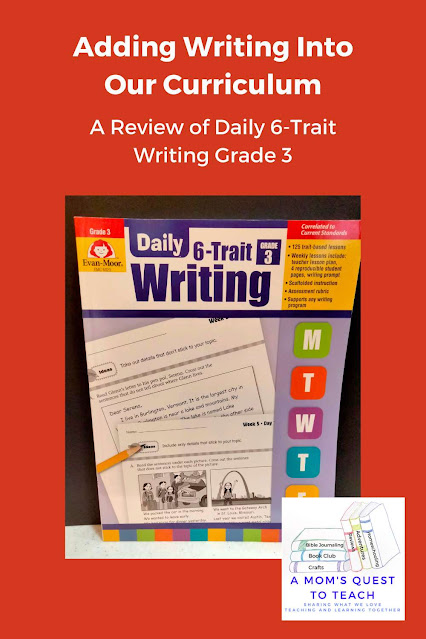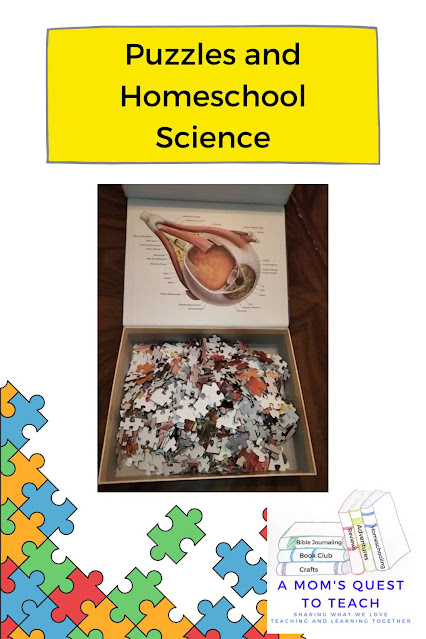I received a COMPLIMENTARY copy of this book from the publisher in exchange for my honest opinion. I was neither required to write a positive review nor compensated in any other way. This post contains affiliate links. Please see my Terms of Use and Disclosure Policy page for more information. Thank you.
The Biltmore Estate (and its surrounding countryside) is the backdrop for These Tangled Threads by Sarah Loudin Thomas. Woven throughout a prologue, 48 chapters, and an epilogue, readers are introduced to a selection of characters from 1897 to 1924. Three main characters share their lives with us as we learn about weaving, woodworking, family, and truth.
About the Book
Sarah Loudin Thomas shares her knowledge of the Biltmore Estate, where she worked for six years, with her audience. The story starts with young Arthur meeting Mr. Vanderbilt and takes us through events in the first and second decades of the 1900s.
Arthur is joined by Lorna, who works for Biltmore Industries and is tasked with designing and weaving fabric for the engagement of Cornelia Vanderbilt. The next main character is introduced as we see her joining the Biltmore Village. Gentry is a young girl who will be training in the weaving room under the tutelage of Lorna. As a 16-year-old, she is not eager to focus and lacks patience in completing her tasks. Conflict arises as the three characters interact in the 348-page paperback book from Bethany House.
At the heart of the novel, Thomas tells the story of the relationships between Arthur, Lorna, and Gentry. The three each have their own troubles. Arthur was sent away by his alcoholic parents and has a clubfoot. Lorna is a skilled weaver but lacks the creativity needed to design her own patterns. And poor Gentry was sent away by her unloving grandfather after her mother died. In between these details are tangled threads that bring them together again and again.
Appalachian Author Highlights Historic Vanderbilt Wedding as Centennial Approaches
My Thoughts
As someone who enjoys historical fiction, I was intrigued by the description of These Tangled Threads. I had a general knowledge of the Vanderbilts – in fact, I think I read another work of historical fiction featuring Cornelia – but I knew little else specific to this industry or locale.
May I admit that I had trouble following the story when I first picked up the book? It arrived when I didn't have a lot of time to devote to more than one chapter during each reading. This made it difficult to follow the jumps between character perspectives and years in the different chapters. After a few personal and family events passed, I sat down and devoted time to reading These Tangled Threads. With the extra time to read uninterrupted, I followed the story much better.
I really enjoyed the story of Arthur. His attempt to help a family member was touching and well-written. I loved seeing his losses and successes detailed. And I was so happy with the end of his story.
I didn't connect as closely to Lorna or Gentry, but without these two young ladies, the story would not advance. In the end, I appreciated the honesty that emerged and the growth of the characters.
I would recommend These Tangled Threads to those who enjoy historical fiction and Christian novels. Through all the troubles, the book is encouraging and uplifting.









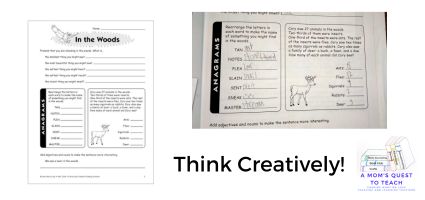



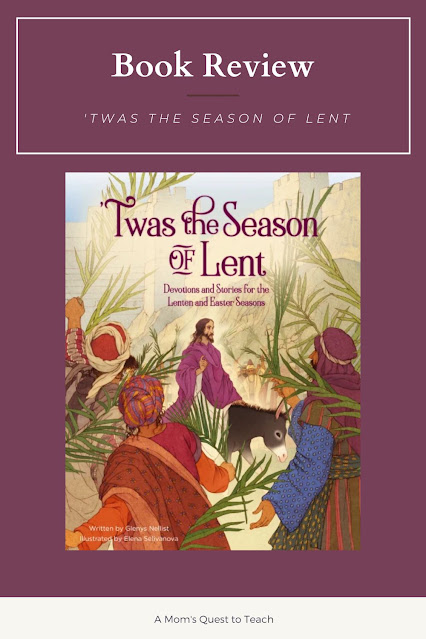

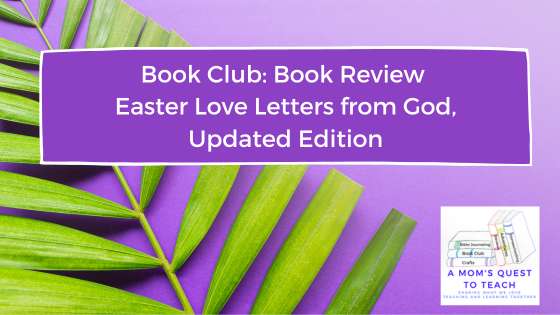



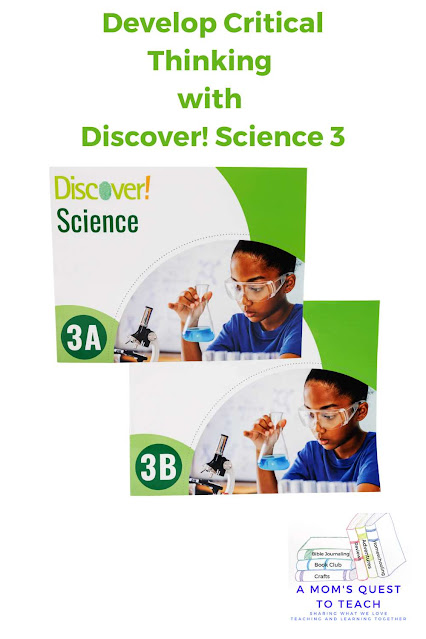
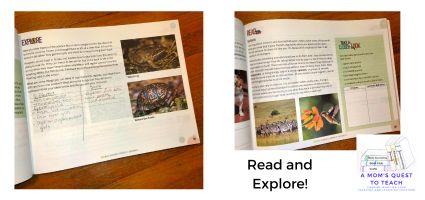
.jpg)





